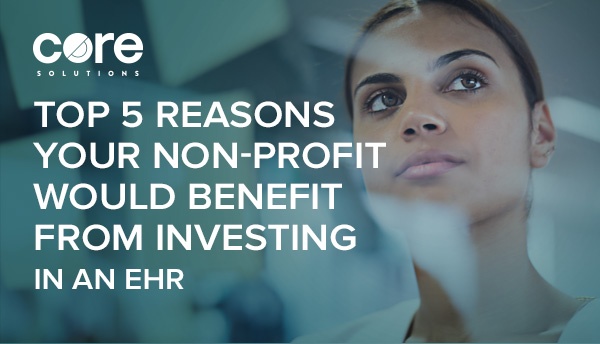Share this
Subscribe by email
by Core Solutions on May 8, 2017

The first real taste of health information technology (HIT) for providers and hospitals came after the inception of the HITECH Act in 2009. While adoption and utilization started off slow in the years following its enactment, several factors helped accelerate its growth, including federally sponsored incentive payments. These programs helped spur the adoption and meaningful use of HIT by eligible professionals, hospitals, critical access hospitals and Medicare Advantage Organizations. Most notably, this promotion also increased the use of qualified electronic health records (EHRs).
To help hospitals and providers keep up with evolving technology requirements, Medicare and Medicaid EHR Incentive programs were established. These helped encourage eligible professionals and hospitals to affordably adopt, implement, upgrade and demonstrate meaningful use of certified EHR technology. Today however, some non-profit organizations still have yet to either implement an EHR or upgrade their systems, knowing that the implementation could be disruptive and require time and energy from their limited resources.
If you’re a non-profit organization that has yet to upgrade from paper to electronic health records, consider the top five ways EHRs create value, especially if you select the right EHR vendor.
Need tips on how to get started with your transition from paper records to an EHR?
Read “The Case for Centralized Healthcare Scheduling and Billing.”